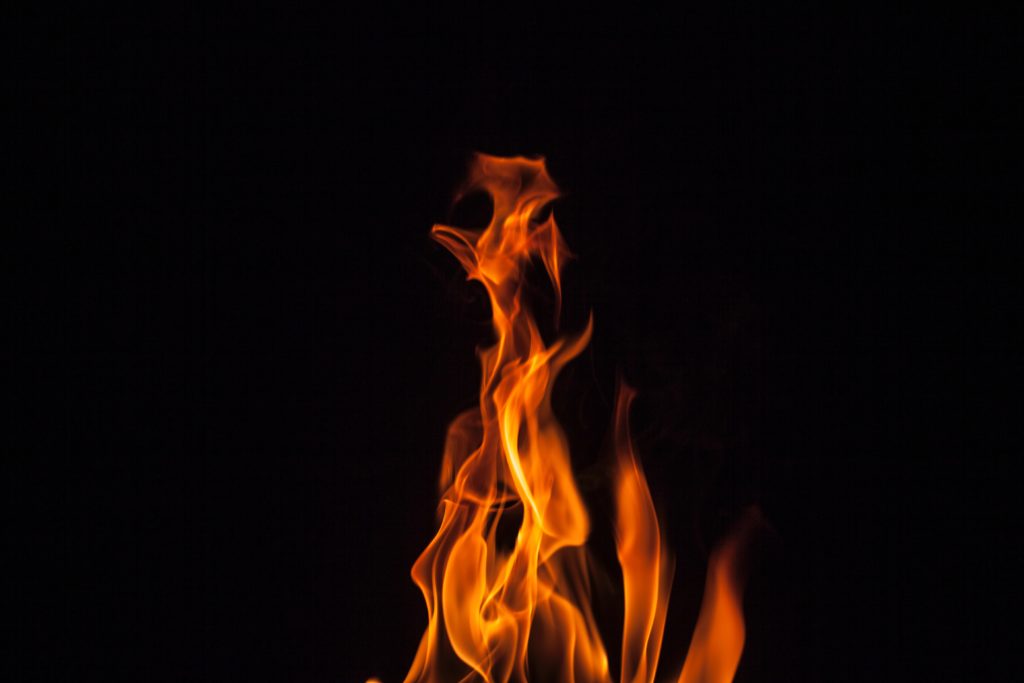Every second counts when burns occur. You must know how to treat a burn and cool it immediately. Otherwise, the pain will continue to destroy your underlying skin tissues. It may even progress into second or third-degree burns. Severe burns can present serious complications for the victim in terms of cost and ongoing treatment.
What is a Burn
A burn is a type of injury to the skin and other tissues. It is mainly caused by heat due to exposure to radiation, electricity, friction, or being in contact with harmful chemicals. An open flame and smoking are the leading cause of burn injury for adults and the elderly. For children, scalding is the leading cause of burns. No matter which age range you belong to – you are at great risk of burn injury.
Classification of Burns
Burns are classified depending on how deep and severe they penetrate the skin’s surface. There are 3 main classifications of burns, including:
-
First-degree burns (superficial)
This type of burn only affects the epidermis or the outer layer of the skin. The burn is usually red, painful, dry, with no blisters. An example of this is mild sunburn.
-
Second-degree burns (partial thickness)
Second-degree burns involve the epidermis and dermis, the lower layer of the skin. The burn site may look red with blisters. The burn may be swollen and painful.
-
Third-degree burns (full-thickness)
The worse type of burns. These destroy the epidermis and dermis. The burn injury may penetrate the subcutaneous tissue or the innermost layer of skin, the subcutaneous tissue. The burn site may look white, blackened, and charred.
First Aid Treatment for Burns
Burn treatment will depend on the degree of burn, its locations, and other additional factors (materials burned or stuck into the skin). First aid for burns may range from simply applying a cold pack to emergency treatment to skin grafting.
Here are four critical steps on how to treat a burn:
-
Immediately stop the burning process
Protect the burned person from further harm by keeping them away from the source of heat. For electrical burns, make sure the power source is shut down before you approach the victim.
-
Cool the burn (but do not over-cool the person)
Apply ice to small burns. However, do not immerse the large and severe burn directly into water. Doing so can result in a serious loss of body heat or hypothermia.
-
Provide pain relief
Provide pain relief by elevating the burned area and raising the wound above the victim’s heart if possible. While waiting for further help to arrive, watch for signs of shock. Signs and symptoms of shock include fainting, pale complexion, and shallow breathing.
-
Cover and protect the burn area
Prevent contamination by covering the burn with a sterile gauze bandage. Loosely wrap it around the burn site but do not put too much pressure. Bandaging keeps the air off the burn site, reduces pain, and protects skin blisters.
Wound Care for Minor Burns
For minor burns, the most important thing to do is to cool the affected area. Do this by applying an ice pack or cool cloth. It also helps to run the affected area under cool running water. All these soothe the burn. Then, clean the wound with soap and water and apply a light dressing. Do not remove the blisters. Blisters protect the burn area as the skin heals.
The most important thing to do when you get a minor burn is to cool the area. Do this by applying a cool cloth or running the affected area under cool running water. This soothes the burn. Then gently wash the wound with soap and water and apply a light dressing. If the skin blisters, let it. Blisters help protect the area as the skin heals.
Takeaway
All types of burns should be treated with concern. Always keep in mind the golden rule of burn management: Any burns that exceed the size of the palm of the hand, has blisters, burns to the genital area, or face should seek immediate medical attention.
Know how to treat a burn and other injuries. Get trained today. Click here to talk to a First Aid training specialist.








